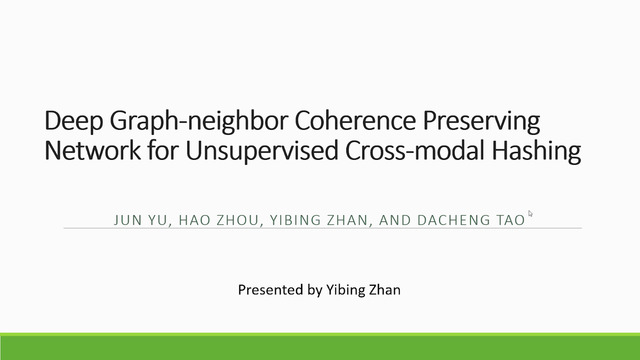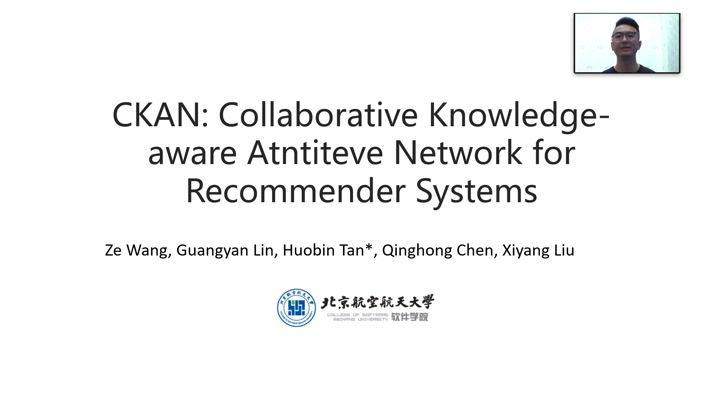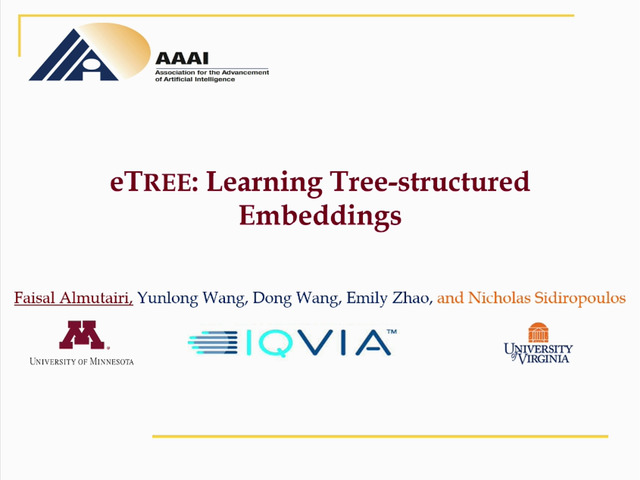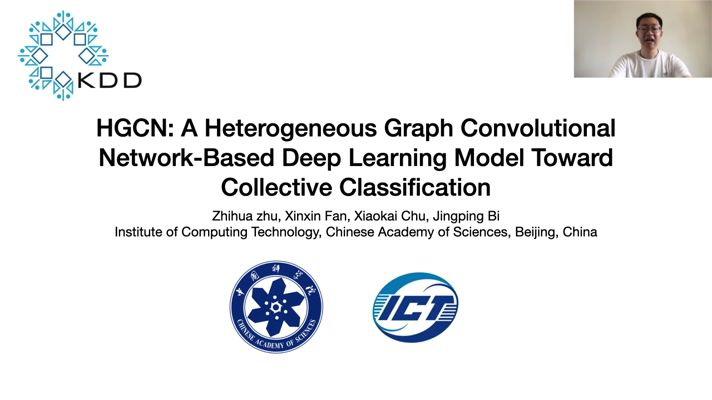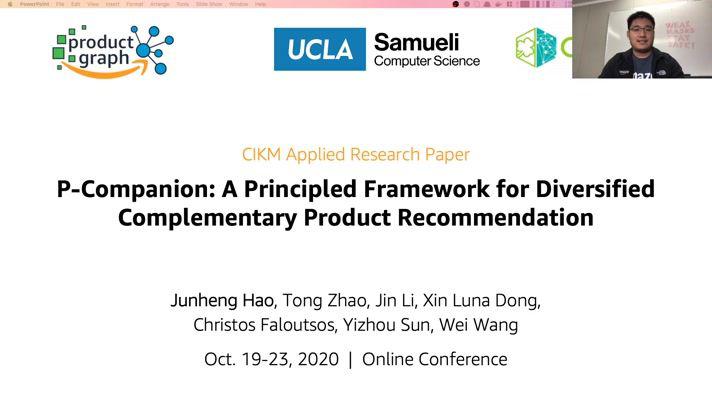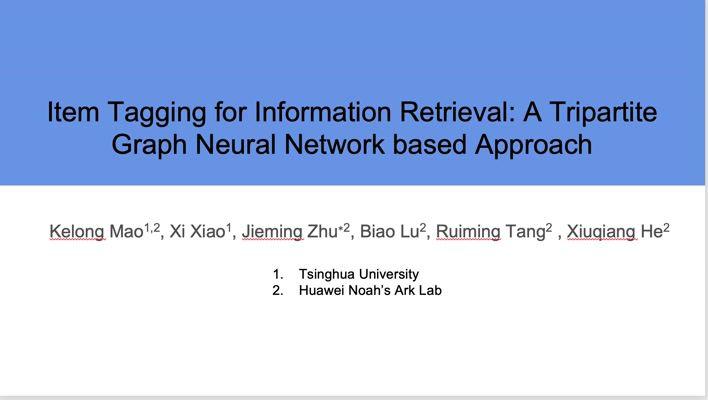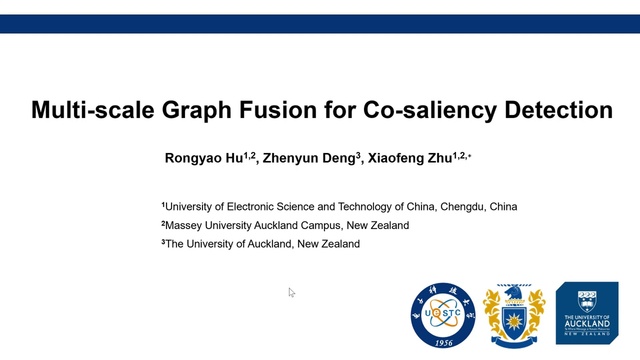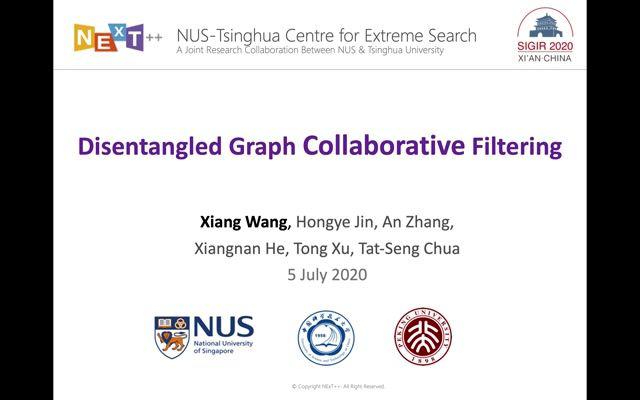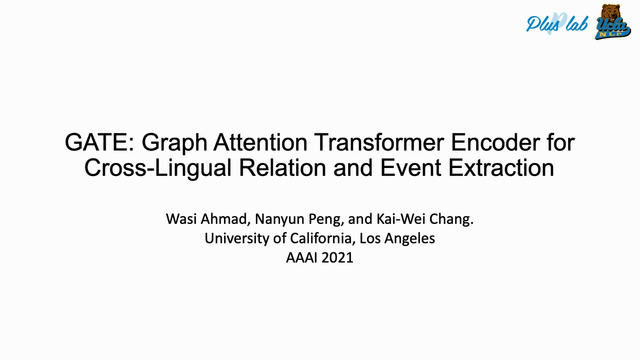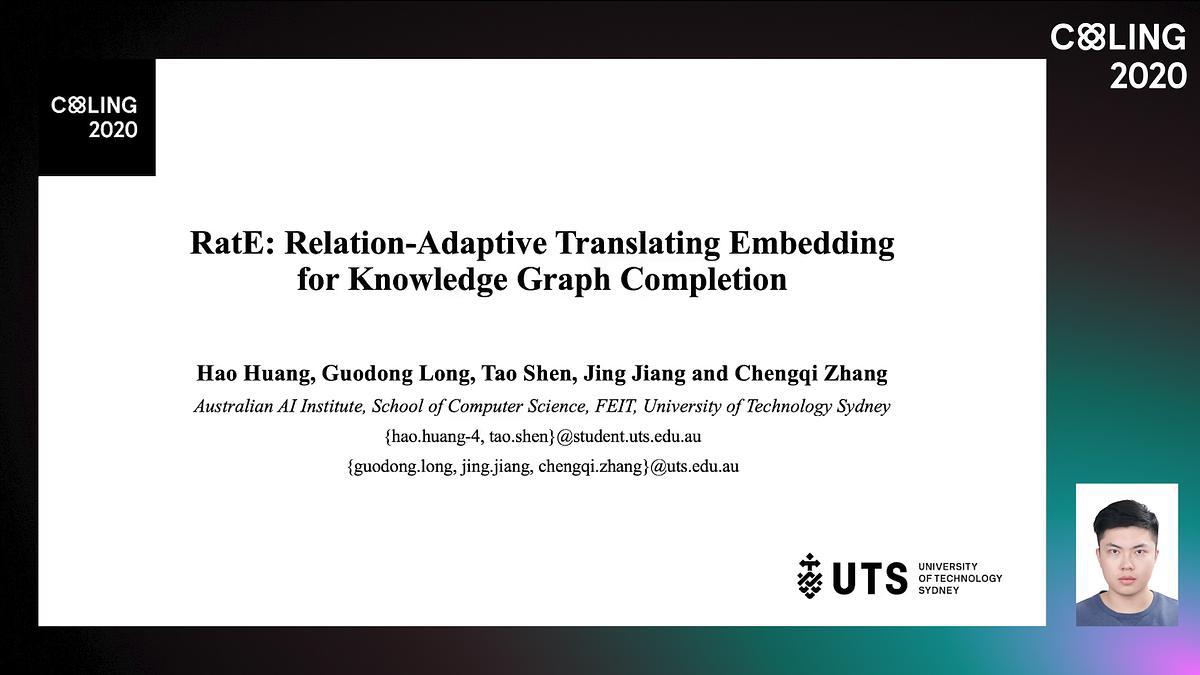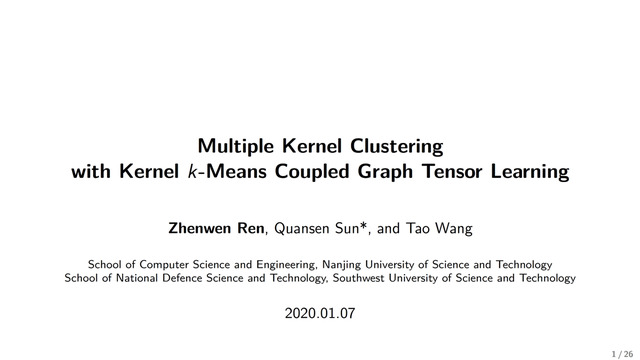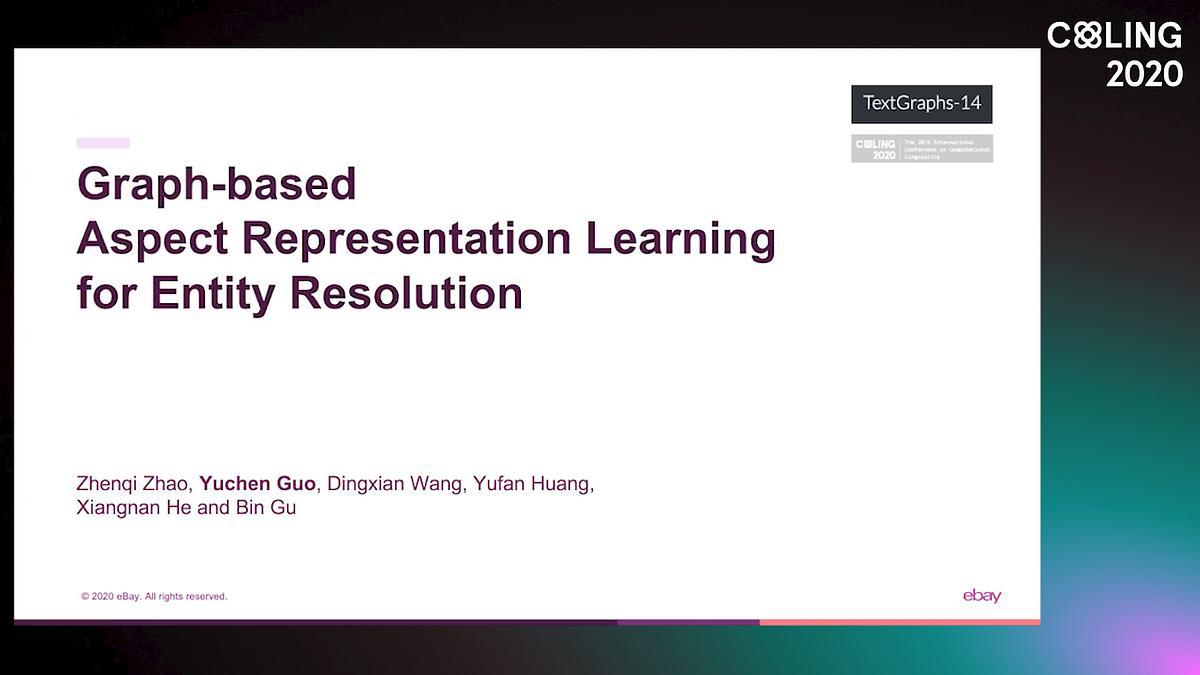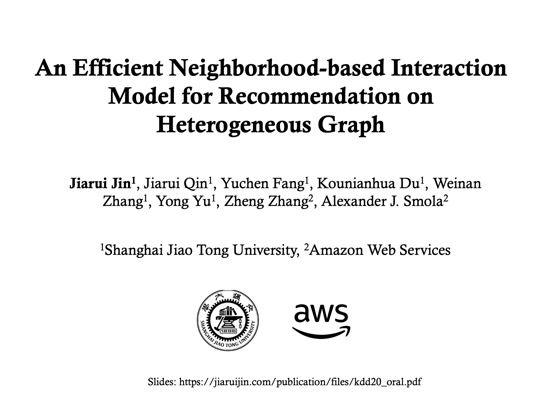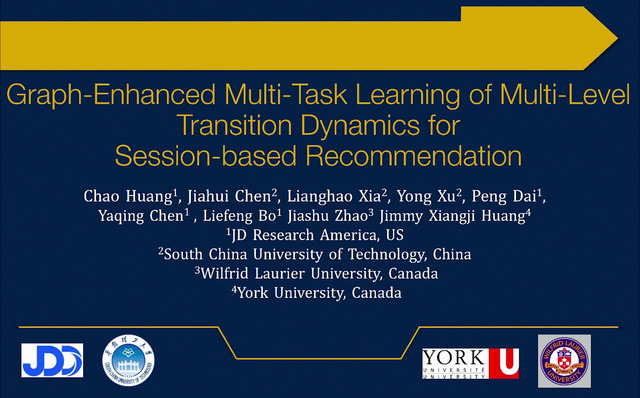Abstract:
Inferring substitutable and complementary items is an important and fundamental concern for recommendation in e-commerce websites. However, the item relationships in real-world are usually heterogeneous, posing great challenges to conventional methods that can only deal with homogeneous relationships. More specifically, for this problem, there is a lack of in-depth investigation on 1) decoupling item semantics for modeling heterogeneous item relationships, and at the same time, 2) incorporating mutual influence between different relationships. To fill this gap, we propose a novel solution, namely Decoupled Graph Convolutional Network (DecGCN), to solve the problem of inferring substitutable and complementary items. DecGCN is designed to model item substitutability and complementarity in separated embedding spaces, and is equipped with a two-step integration scheme,where inherent influences between 1) different graph structures and 2) different item semantics are captured. Our experiments on three real-world datasets demonstrate that DecGCN is more effective than the state-of-the-art baselines for the problem at hand. We also conduct offline and online A/B tests on large-scale industrial data, where the results show that DecGCN is effective to be deployed in real-world applications. We release the codes at https://github.com/liuyiding1993/CIKM2020_DecGCN.




